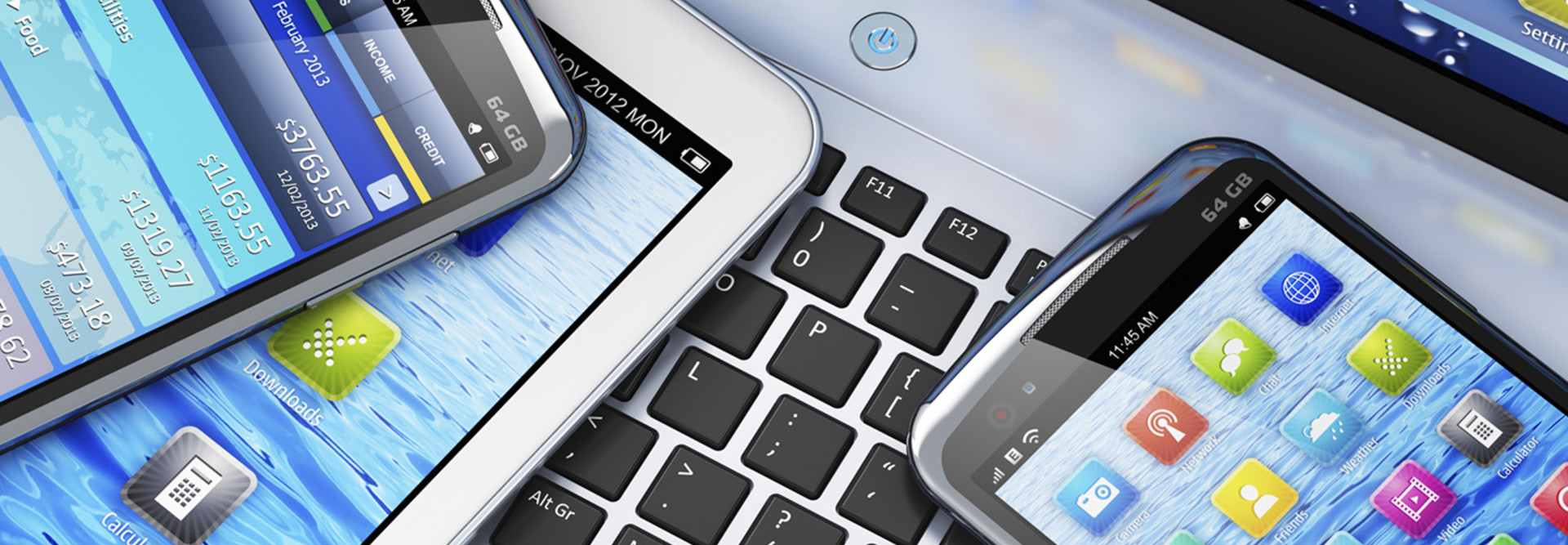3 Major Tech Firms Join Georgia Tech’s New IoT Research Center
A brain trust focused on the Internet of Things (IoT) is developing at Georgia Tech, and three international tech companies are getting in on the ground floor.
If analysts are to be believed, connectivity will be the future of technology. New research from the International Data Corporation (IDC) projects that IoT spending will leap from the $655.8 billion seen in 2014 to $1.7 trillion by 2020, the same year that Gartner Inc. predicts 26 billion devices will be connected to the Internet.
Georgia Tech is gathering some of the brightest minds to study the effects of the IoT and determine how to prepare for the coming onslaught of connected devices. The newly established Center for the Development and Application of Internet of Things Technologies is the star of that strategy.
This month, AT&T, Samsung Electronics and AirWatch joined the center as its inaugural group of founding members.
“We are proud to be recognized as a trusted collaborator in the Internet-of-Things arena. We are eager to harness the unique expertise of our professors, researchers and students throughout the Internet-of-Things value chain," said Andrew Gerber, Georgia Tech senior vice president and director of the Georgia Tech Research Institute (GTRI), in an Aug. 11 news release.
The center will help foster "interdisciplinary research and education while driving general awareness about the Internet of Things," according to the news release. It will also identify and help solve challenges associated with the Internet of Things.
The input from these three major tech companies is expected to broaden the research being done at the center.
“Our center will greatly benefit from having a continuous and close dialogue with premier technological companies of the caliber of AirWatch, AT&T and Samsung Electronics,” said Alain Louchez, CDAIT Managing Director. “With their help, we are looking forward to making significant contributions to the IoT industry.”
While much of the research being done on the future of the IoT is related to its broader consumer impact, there’s a role for these integrated technologies in higher ed, said CDW•G’s Dave Doucette in a June column on EdTech. A college in Birmingham, England, is using Cisco’s Physical Access Control IoT technology to regulate building access and monitor foot-traffic patterns. And in Korea, some universities are using smartphone technology to record in-class attendance.
Beyond that, the expansion of devices on campus comes with a hefty impact on bandwidth.
“With the consumer IoT market slated to grow significantly in the next five years, the number of student- and faculty-owned devices could skyrocket — along with the need for increased bandwidth, fortified security and better-defined privacy policies,” Doucette said.









